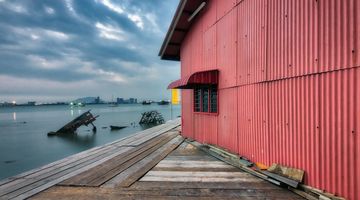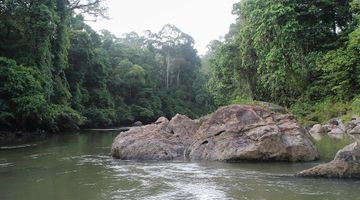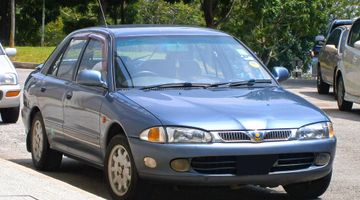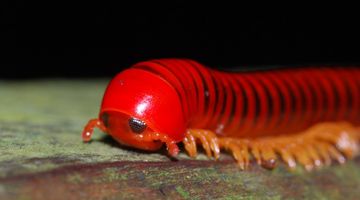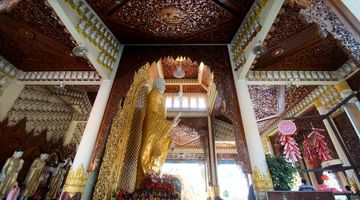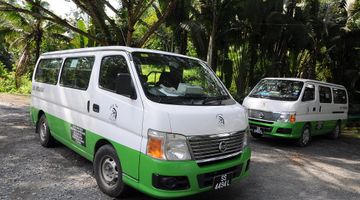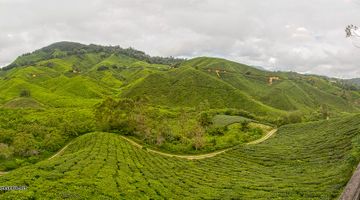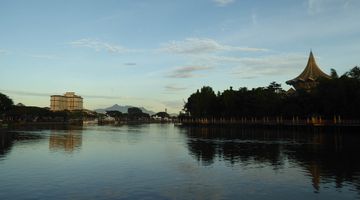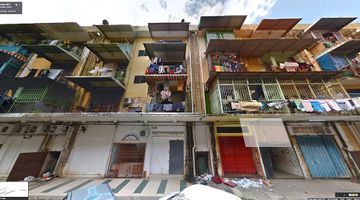Weather in Malaysia
The good thing about Malaysia (and much of South East Asia) is that it enjoys warm tropical weather all year round, however, if you’re looking for a guaranteed ‘best weather windows,’ that’s harder to promise.
Malaysia is located just north of the equator and you can expect the weather to be hot and humid with average temperatures around 28 degrees on the mainland. Like with its neighbours, its weather is also divided into a wet and dry season.
Malaysia’s equatorial location, both on the mainland peninsula and on Borneo, experiences southwest and northeast monsoons, which means no matter the month, the country receives a fair amount of rain, too – it’s not uncommon to experience a downpour even in the ‘drier’ months – but it explains why Malaysia is made up of 60% lush green rainforests which thrive in its tropical climate!
Southwest Coast
From May to October, the southwest coast between Kuala Lumpur and Melaka, and even towards Penang and Langkawi, receives the worst of the southwest monsoon.
If you’re planning a beach holiday, we’d recommend avoiding these months – although you will find prices much cheaper. The high season is between January and March when most tourists come over to make the most of the beautiful blue skies and bright sunshine, alternatively April – August is another great time to avoid the crowds and benefit from the cheaper room rates.
Northeast Coast & Central part
November through March is when the northeast monsoon brings in heavy rains and some localised flooding. Keep this in mind when planning a visit to the Perhentian islands, as many resorts close and boats won’t run during the wetter weather – perhaps think about a visit in April, or between May and October.
An alternative destination is Cameron Highlands, between February and April at the end of the monsoon season, when the rain dies off but temperatures are still relatively cool.
Borneo
If you’re planning to visit the wild rainforests of Sabah and Sarawak, Borneo experiences the seasonal northeast monsoon like the mainland, as well as a typhoon season coming in off the Western Pacific in the months between April and November bringing in random torrential downpours – which are exciting but can seem never ending.
Best avoid a trip to Borneo in January as its considered the wettest month on the island. Remember, if you’re visiting to discover the incredible wildlife, animals will take shelter from the rain so it might make it harder to spot them on your jungle treks.
What to pack
In terms of what to pack for Malaysia’s temperamental tropical weather, anything that will let your skin breathe and will dry fast.
Needless to say, it’s prudent to keep a raincoat or plastic poncho with you in your bag at all times, so you’re protected if/when the skies open.
During the dry season, you can expect plenty of sunlight so if you’re out on a trek or sightseeing in the city you will need a strong SPF to keep from burning. We recommend SPF 50 at least and remember to reapply if you’re swimming or snorkelling in those crystal-clear seas.
Borneo’s rainforests are damp and humid, meaning it’s a mosquito’s heaven so pack a heavy duty DEET and long-sleeved tops and trousers to cover your legs to protect from bites. Covering your limbs will also help with leeches on the really wet days, too. If you’re going on a jungle trek, most places will have leech socks you can buy for a reasonable price, should you want extra coverage.
